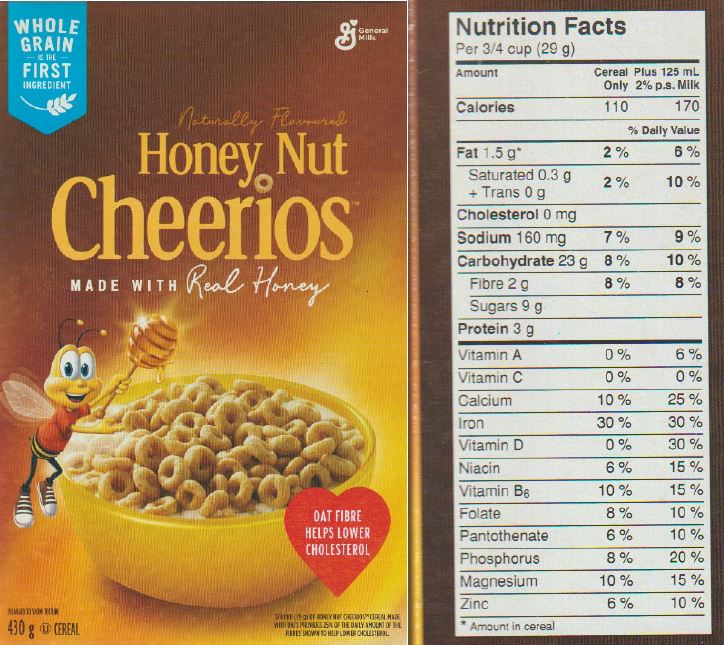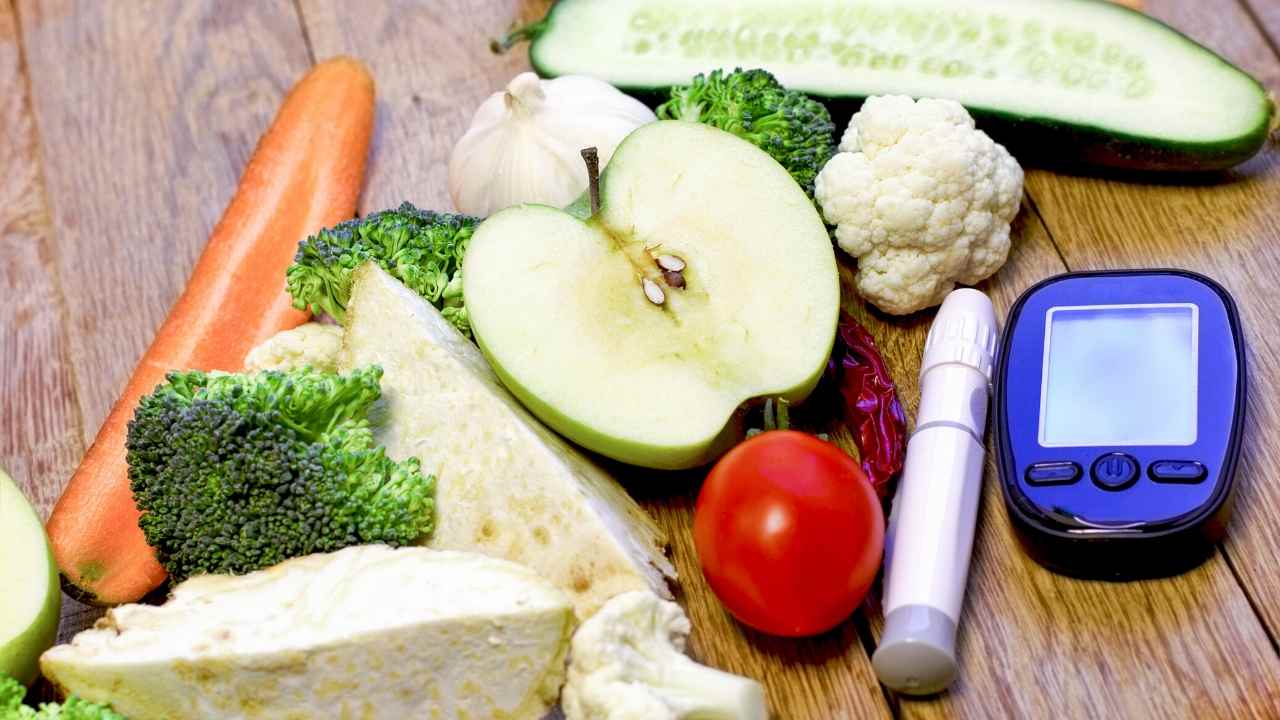
There are many diets available to treat gastrointestinal disorders. Many of these can prove very beneficial. A lot of fat can trigger contractions in the colon. You should also limit your intake of fatty foods to no more than three portions per day. A good way to introduce new food items to your diet is to do it one at the time, separated by three hours. You should not eat that food if these symptoms occur. If you have any problems with your gastrointestinal system, it is important to inform your doctor, nurse or dietitian.
Many people believe diet is irrelevant to gastrointestinal problems. However, this is not always true. There are many conditions that can be treated with diet modifications, such as dysfunctional and inflammatory bowel diseases. A healthy diet can reduce symptoms as well as improve digestion. Regular eating is also crucial for good digestive health.

Different GI disorders may cause different symptoms. IBS and constipation are the most common problems. Your diagnosis will determine the best diet. Acid reflux patients should avoid high-fat or caffeine-rich foods. High levels of acid should be avoided by patients suffering from acid reflux and heartburn. High-fiber diets can also be used to treat chronic constipation or hemorhoids.
It is common to try to improve your dietary fibre intake for gastrointestinal problems. The best combination of foods can improve your symptoms or decrease your GI symptoms. Consult a GI Dietitian who is a nutrition expert and food specialist before choosing a diet to treat gastrointestinal problems. Your doctor may have guidelines you can follow. Here is a quick overview of the various diets that can be used to treat gastrointestinal disorders.
There may be many causes for symptoms like GI disorders. Bloating and gas may be the most common. An abnormal diet can lead to GI problems. But if you want to avoid symptoms associated with a gastrointestinal disorder, you should follow a GI-friendly diet. This could include whole grains. Doctors recommend you consume 25 grams of fiber every day.

Fiber is an important part any diet that treats gastrointestinal disorders. This type fiber is crucial for digestion. Add one serving of fiber to your daily diet each week if this is something you haven't done before. It is not good for the health of your digestive tract. Nevertheless, it is essential for you to increase your fiber intake slowly. A soluble fiber will help your bowels absorb more water. This can help to lessen the discomfort of bloating.
FAQ
Do I have to count calories?
Perhaps you are wondering what the best diet is for you. or "is counting calories necessary?" The answer is dependent on several factors like your current health status, personal goals, your lifestyle, and your preferences.
The Best Diet for me - Which One Is Right for You?
My current health, my personal goals and lifestyle will determine the best diet for me. There are many diets out there, some good and some bad. Some are better for certain people than others. What should I do then? How do I make the right decision?
These are the questions that this article attempts to answer. It begins by briefly describing the various diets available today. The pros and cons of each diet are then discussed. Then, we will discuss which diet is the best.
Let's start by taking a look at the various types of diets.
Diet Types
There are three main types: low-fat, high-protein, or ketogenic. Let's talk about them briefly.
Low Fat Diets
A low fat diet is a diet that restricts the amount of fats consumed. This is done by reducing your intake of saturated oils (butter, cream cheeses, etc.). They are replaced by unsaturated fats such as avocados, olive oil, and cream cheese. People who are looking to lose weight quickly and easily will benefit from a low-fat diet. This kind of diet could cause problems like constipation or heartburn and indigestion. A person may also experience vitamin deficiencies if they don't get enough vitamins.
High Protein Diets
High protein diets discourage carbohydrates and encourage the use of proteins. These diets have higher protein levels than other diets. These diets are designed to build muscle mass and help you burn more calories. One problem is that they might not be sufficient to provide regular nutrition. They are not suitable for all people because they can be restrictive.
Ketogenic Diets
Ketogenic diets also go by the name keto diets. They are high fat and moderately carbohydrate and protein-rich. These foods are popular among athletes and bodybuilders as they allow them to train harder, longer and without becoming tired. You must adhere to all side effects, including fatigue, headaches, nausea and headaches.
What is the difference of a virus from a bacteria?
A virus is a microscopic organism which cannot reproduce outside of its host cell. A bacterium can be described as a single-celled organism which reproduces by splitting in two. Viruses measure only 20 nanometers in diameter, but bacteria is up to 1 millimeter in size.
Viruses spread easily through contact with infected bodily tissues, such as saliva and urine, semen, vaginal secretions or pus. Bacteria is usually spread directly from surfaces or objects contaminated with bacteria.
Viruses can get into our bodies through cuts and scrapes on the skin, bites, and other injuries. They can also enter the body through the mouth, nose, eyes and ears, vaginal, rectum or anus.
Bacteria can enter our bodies through wounds, cuts, scrapes, burns, insect stings, or other breaks in our skin. They may also come into our bodies through food, water, air, soil, dust, or animals.
Both bacteria and viruses can cause illness. However, viruses cannot reproduce within their hosts. They can only infect living cells and cause illness.
Bacteria can multiply within their hosts and cause illness. They can spread to other parts of our bodies. We need antibiotics to get rid of them.
What are the best 10 foods to eat?
These are the 10 best foods you can eat:
-
Avocados
-
Berries
-
Broccoli
-
Cauliflower
-
Eggs
-
Fish
-
Grains
-
Nuts
-
Oats
-
Salmon
What are 5 ways to live a healthy lifestyle?
Healthy lifestyles include eating right, exercise regularly, getting enough rest, managing stress, having fun, and eating healthy. Avoiding sugar and processed foods is key to eating well. Exercise can help you burn calories and strengthen your muscles. Getting enough sleep improves memory and concentration. Stress management can reduce anxiety and depression. Fun is key to staying young and vibrant.
Statistics
- nutrients.[17]X Research sourceWhole grains to try include: 100% whole wheat pasta and bread, brown rice, whole grain oats, farro, millet, quinoa, and barley. (wikihow.com)
- According to the 2020 Dietary Guidelines for Americans, a balanced diet high in fruits and vegetables, lean protein, low-fat dairy and whole grains is needed for optimal energy. (mayoclinichealthsystem.org)
- This article received 11 testimonials and 86% of readers who voted found it helpful, earning it our reader-approved status. (wikihow.com)
- In both adults and children, the intake of free sugars should be reduced to less than 10% of total energy intake. (who.int)
External Links
How To
What does the meaning of "vitamin?"
Vitamins are organic compounds naturally found in food. Vitamins are essential for our bodies to absorb nutrients from the foods we eat. The body cannot make vitamins; therefore, they must be obtained from food.
There are two types if vitamins: water soluble, and fat soluble. Water-soluble vitamins dissolve easily when they are dissolved in water. Vitamin C,B1(thiamine), B2 (2riboflavin), and B3 (3niacin), as well as vitamin C,B1, B2 (riboflavin), and B3 (niacin), vitamin B6 (pyridoxine), vitamin folic acid (biotin), pantothenic, and choline are examples. The liver and fatty tissues are home to fat-soluble vitamins. Examples include vitamin D, E, K, A, and beta carotene.
Vitamins can be classified according to biological activity. There are eight main groups of vitamins.
-
A - vital for healthy growth.
-
C is important for nerve function and energy production.
-
D – Essential for healthy teeth, bones and joints
-
E is necessary for good vision, reproduction.
-
K - Required for healthy nerves and muscles.
-
P - Vital for strong bones and teeth.
-
Q - aids digestion, absorption and absorption iron
-
R - Required for red blood cell production
The recommended daily allowance for vitamins (RDA) varies based on gender, age, and physical conditions. RDA values are set by the U.S. Food and Drug Administration (FDA).
For adults over 19 years, the RDA is 400 mg per day for vitamin A. Because it is essential for the development of the fetus, pregnant women should consume 600 micrograms per daily. Children ages 1-8 require 900 micrograms per day. Infants under one year of age require 700 micrograms per day, but this amount decreases to 500 micrograms per day between 9 months and 12 months of age.
Children aged between 1-18 years require 800 micrograms of sugar per day, while overweight children need 1000 micrograms. Children who are underweight receive 1200 micrograms every day to meet their nutritional requirements.
Children ages 4-8 years who have been diagnosed with anemia need 2200 micrograms per day of vitamin C.
2000 micrograms daily is required for adults over 50 to maintain their general health. Because of their higher nutrient needs, women who are pregnant or nursing need 3000 mg per day.
Adults over 70 need 1500 micrograms daily, as they lose 10% of their muscle every ten years.
Women who are pregnant, nursing or breastfeeding need more than the RDA. Pregnant mothers need 4000 micrograms per daily during pregnancy and 2500 after giving birth. Breastfeeding mothers require 5000 micrograms daily when breast milk production is occurring.